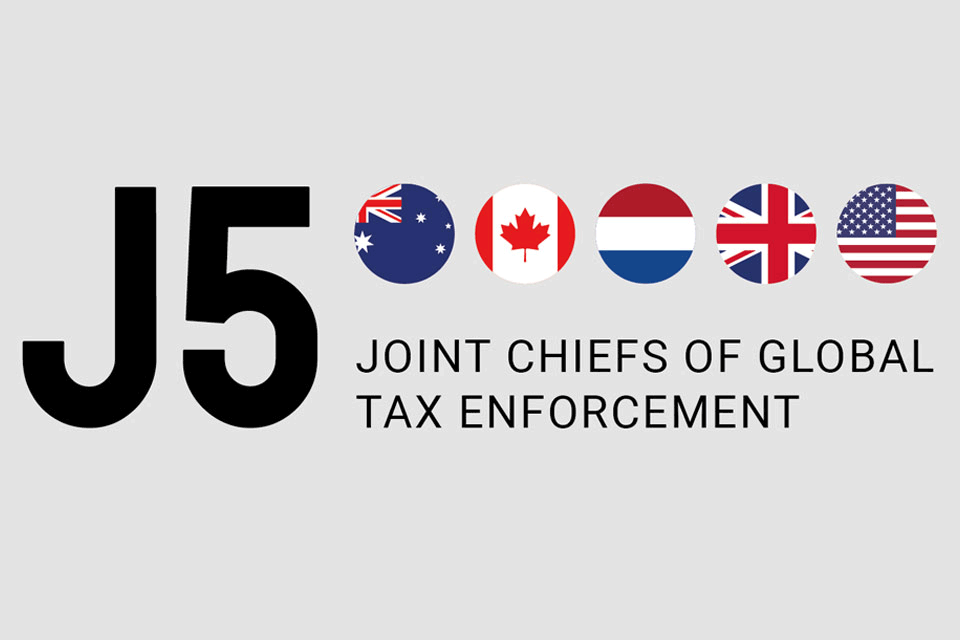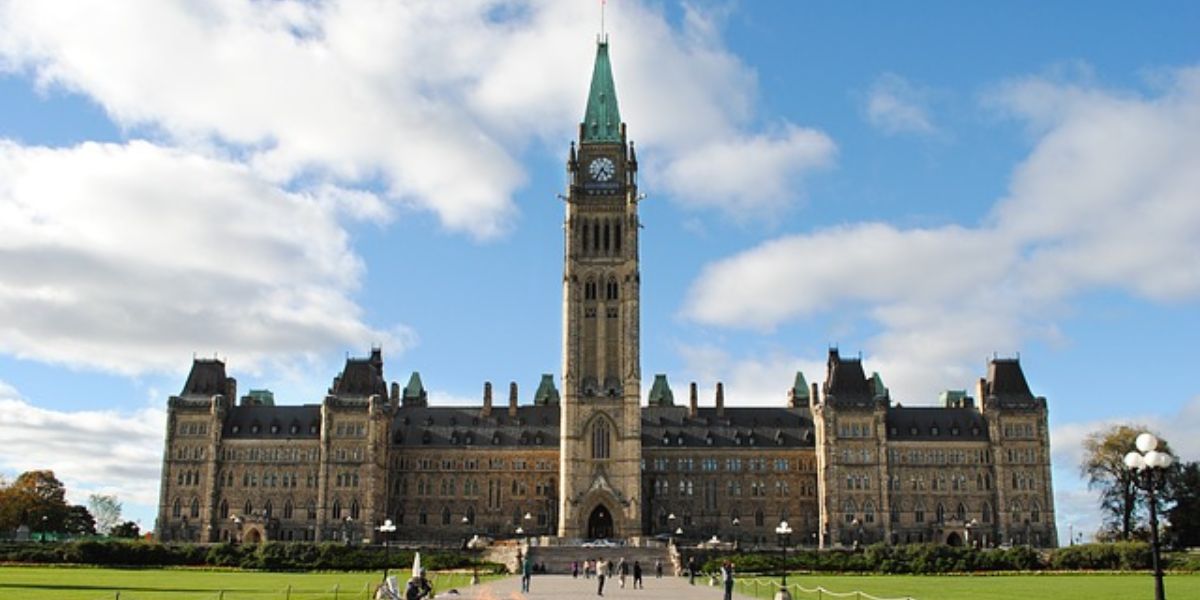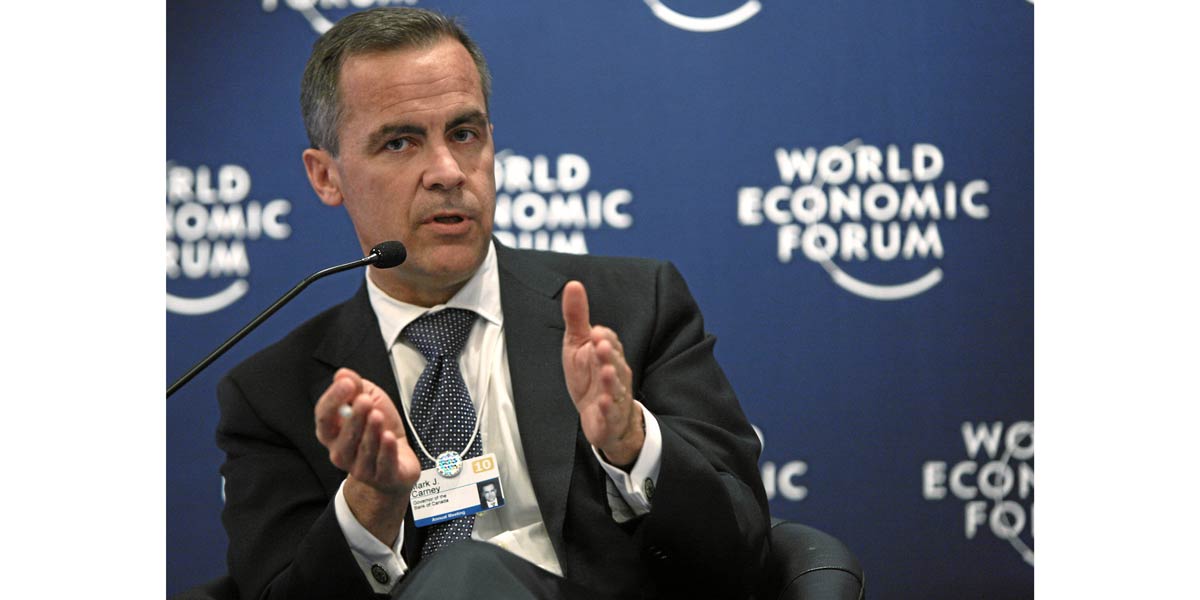On 9 May 2016 the IMF issued a report after the completion of consultations with Canada under Article IV of the IMF’s articles of agreement.
Canada’s economy is facing a test owing to the fall in oil prices. Real GDP growth decreased from 2.5% in 2014 to 1.2% in 2015 owing to lower investment spending by oil companies. Oil sector investment is projected to decline further in 2016 but non-energy exports will recover as manufacturing becomes more competitive and business investment recovers. GDP growth is therefore estimated to recover to 1.75% in 2016 and 2.25% in 2017.
The IMF report welcomes the pro-growth budget for 2016 and fiscal stimulus measures. Additional fiscal easing could be considered if the economy takes a turn for the worse. This could involve a temporary stimulus by bringing forward planned infrastructure spending or a temporary cut in personal and corporate income taxes. Fiscal consolidation should proceed more cautiously at the provincial level so as not to offset the federal government stimulus.
Canadian banks
The Canadian banks have for a long time been involved in the Caribbean region but recently the downturn has led them to cut back on operations there and close branches. Further negative developments could lead to a further downsizing of Caribbean operations. They have not significantly reduced their relationships with financial institutions in the region (corresponding banking relationships) but owing to higher regulatory costs they are not expanding these to fill the gaps left by the global banks retreating from the region.
The IMF report suggests that Canadian banks are looking for more clarity in national and international standards including those formulated by the Financial Action Task Force. This will enable the Canadian banks to better combat money laundering and offshore tax evasion and avoidance.
Research and development incentives
The IMF report comments that investment in research and development could generate growth and a supportive fiscal policy is appropriate. There are currently generous tax incentives to small and medium enterprises (SMEs) relative to larger enterprises but targeting incentives based on the just the size of the firms may not be optimal. New firms are the most likely to be innovative introducing new ideas, business models and technologies. Therefore high rates of start-ups increase the possibilities for radical innovation and produce competitive pressure for existing firms to innovate and adopt new technology. The IMF report points out that Canada has one of the lowest start-up rates in the OECD.
Incentives based on size can also give rise to a disincentive for enterprises to grow. This phenomenon known as a “small business trap” can lead to lower contributions to productivity and employment. The IMF points out that around 60% of small firms in Canada are already more than six years old so can no longer be regarded as start-ups.
Another point made in the IMF report is that large, innovative firms may have a greater impact on business innovation. They have a pivotal role in supply chains and can drive innovation in smaller enterprises. They can anchor innovation clusters and develop a deeper innovation culture within the cluster. They also have more resources to invest and innovate and are generally more productive than smaller firms.
R&D incentives should be evaluated to ensure they are simple and effective, minimizing compliance costs and facilitating firm entry. The effective tax rate should not prevent firms growing larger and this means that preferential tax treatment of small firms should be reviewed. Tax relief targeted to new firms rather than all small firms can promote innovation and entrepreneurship.














